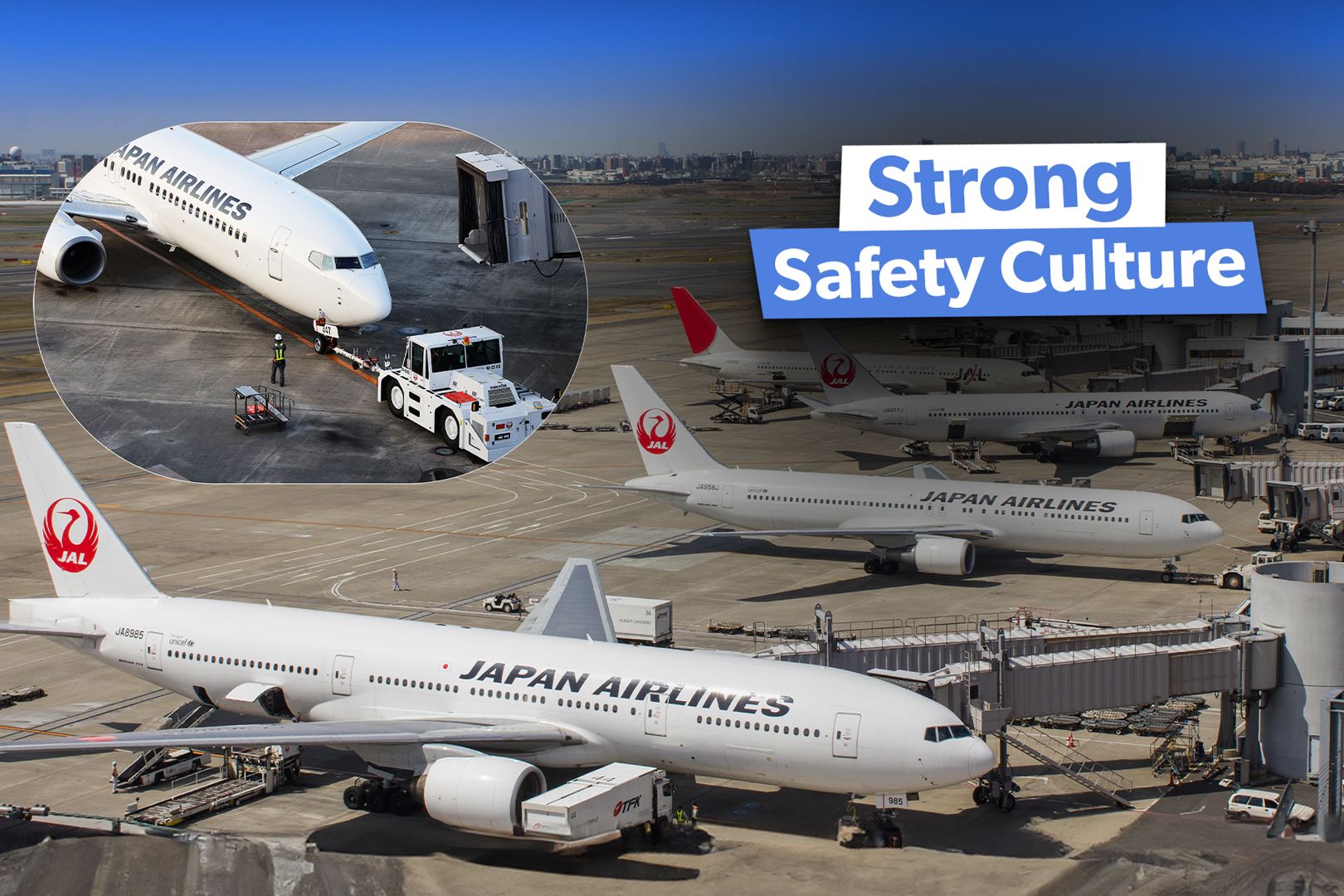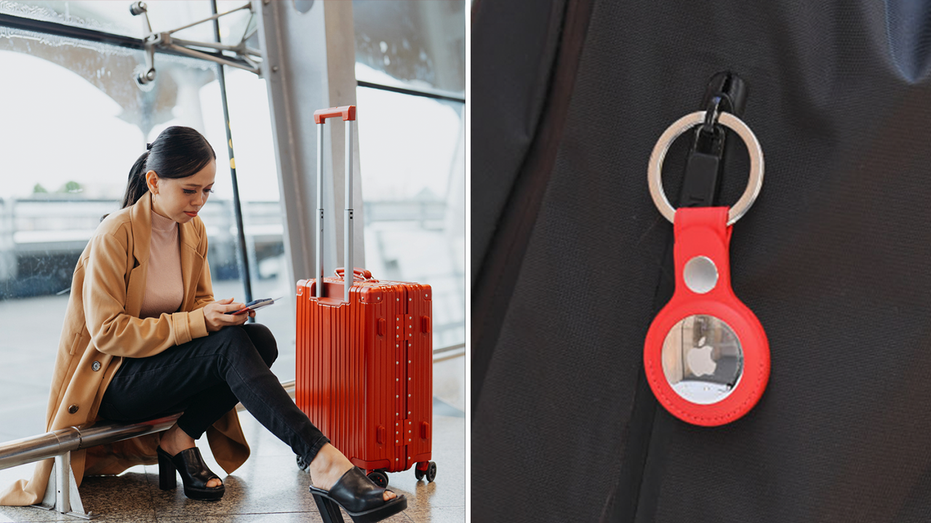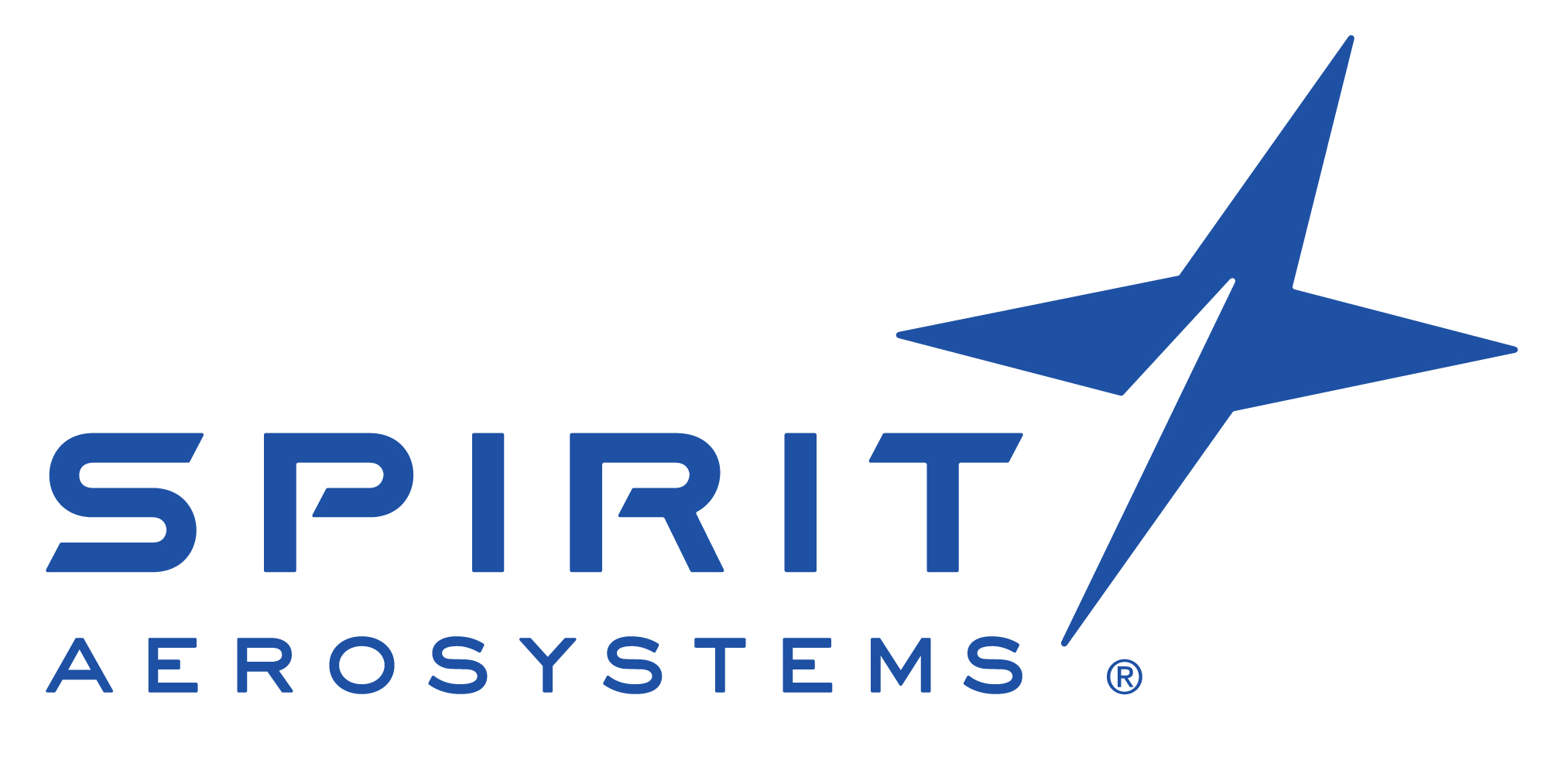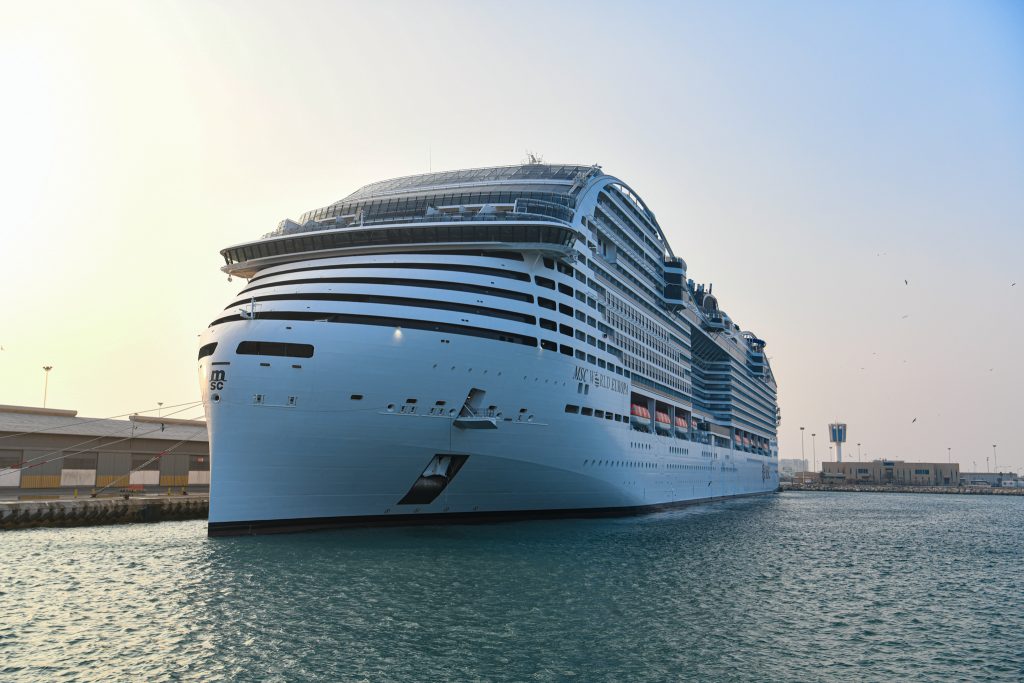Summary Japan Airlines has promised to change its safety culture following an accident in 1985, when 520 people passed away after a Boeing 747-100 disintegrated mid-air. In April 2006, the carrier opened a Safety Promotion Center to advocate safety inside the company's culture. Unfortunately, in 2024, the airline's Airbus A350-900 was involved in a fatal collision at Tokyo Haneda Airport (HND).
However, no flight crew members or passengers onboard Japan Airlines' A350-900 died during the incident. Japan Airlines is one of the safest airlines in the world, with the carrier aiming to establish a very strong safety culture. Accidents involving Japan Airlines, Japan Air Commuter, and Spring Airlines Japan aircraft since 2008 (per The Aviation Herald data, marked as accidents and not incidents) 18 (including two incidents related to the Boeing 787 battery fires in early 2013 ) Despite its involvement in an unfortunate accident at Tokyo Haneda Airport (HND) in January 2024, which resulted in fatalities on the other, Japanese Coast Guard aircraft, no passengers or flight crew were harmed onboard the Airbus A350-900, registered as JA13XJ.
The widebody aircraft, which burned down to ashes, was written off immediately after the accident. Nevertheless, Japan Airlines began actively improving its safety culture following an incident in 1985, when 520 people died after a Boeing 747-100 broke apart mid-air, becoming the deadliest accident in the history of aviation that involved a single a.

















